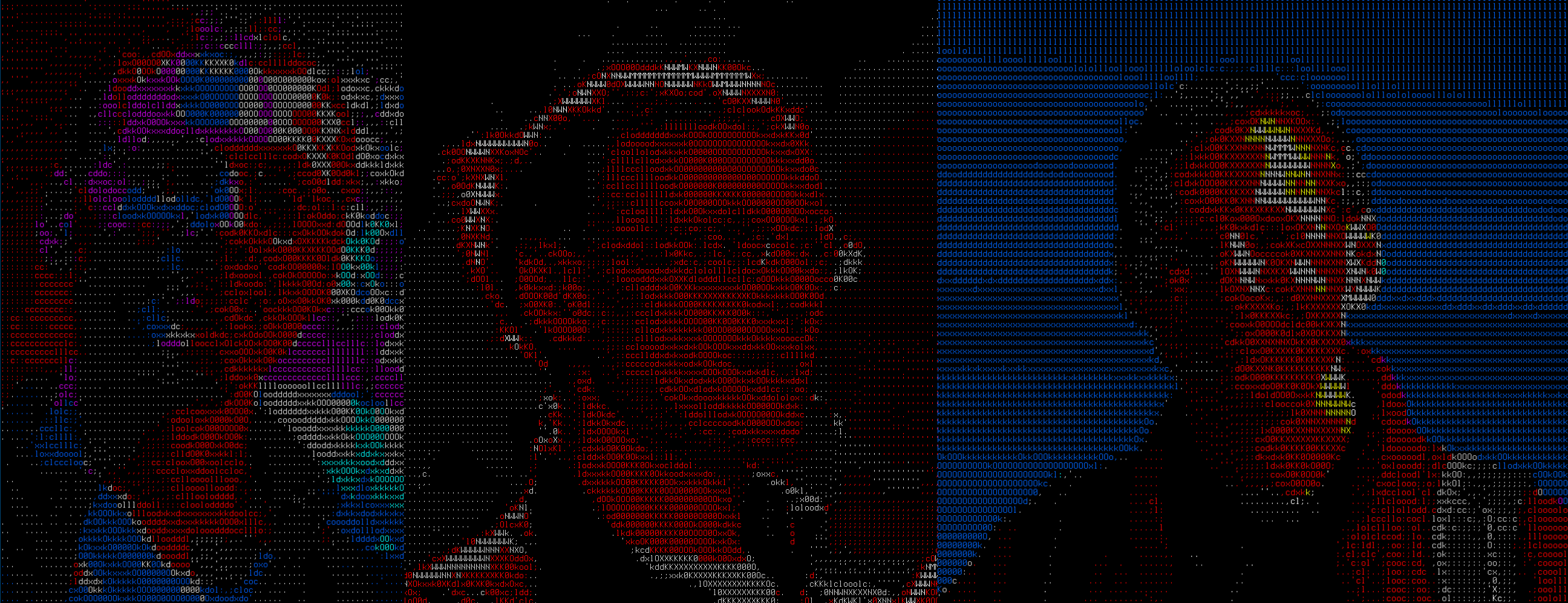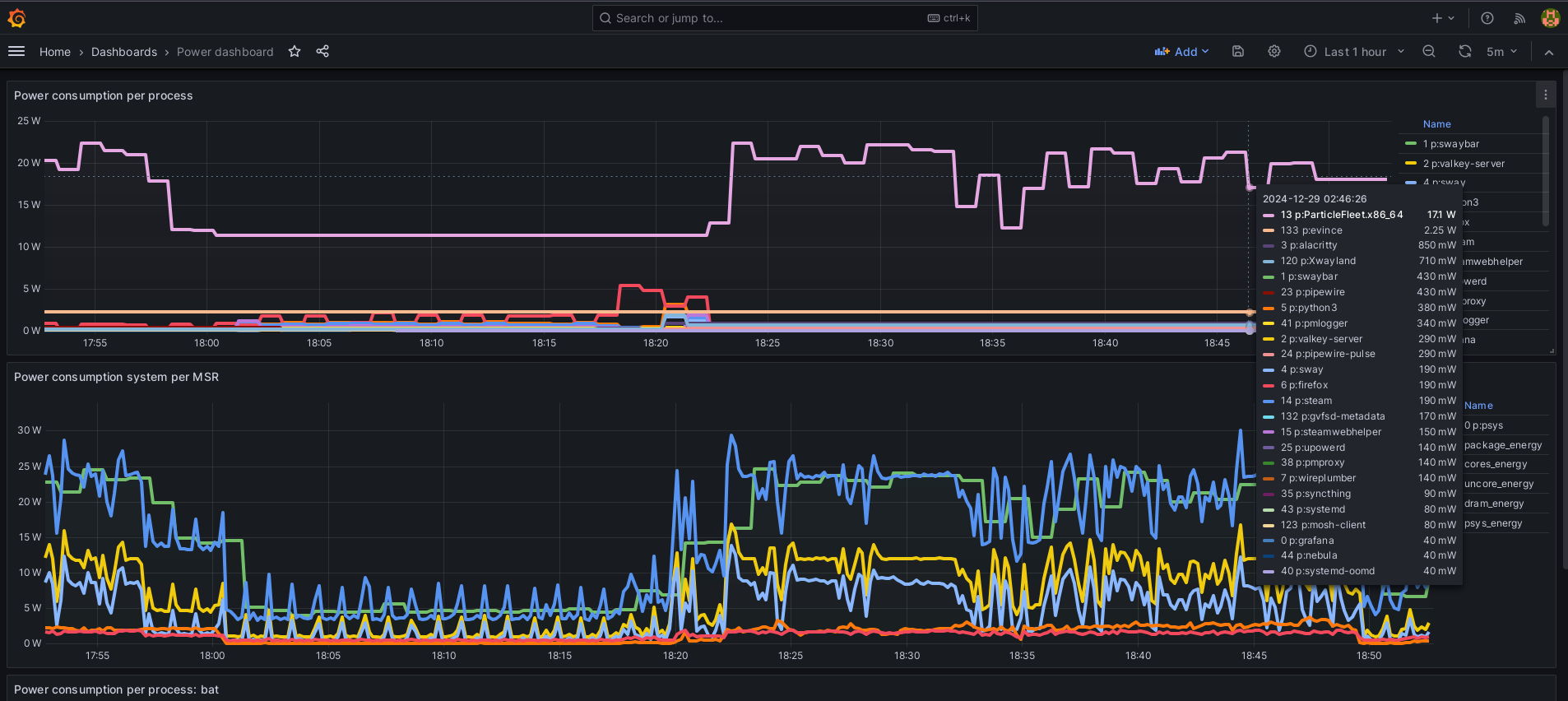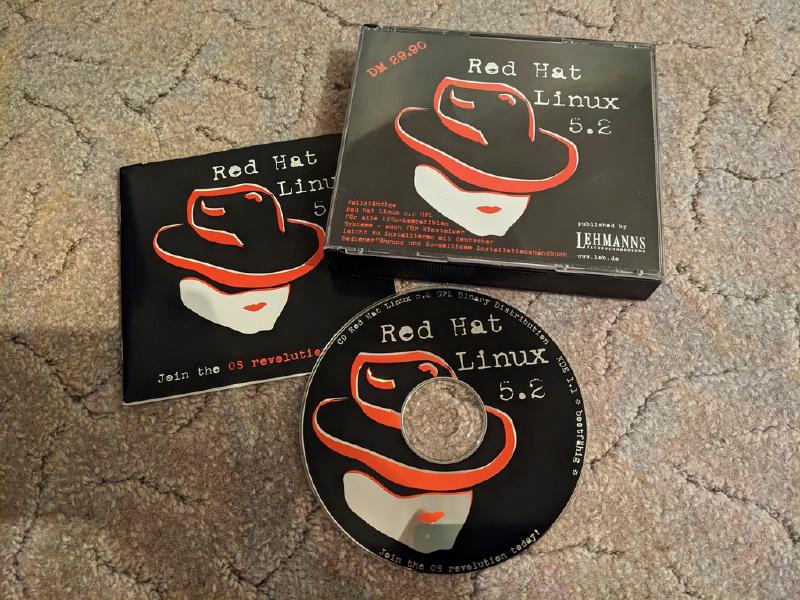Capturing some projects of this holiday season. Partly to get a feeling of having accomplished something, and partly as reminder to continue the unfinished projects.
German HAM radio exam
Right at the start I was sitting down in the German HAM radio exam in Munich. There are 3 levels of HAM radio certificates in Germany. You can apply for the highest one, work through various exam sheets, and if you only pass one of the lower levels then you can walk home with that lower level certificate. I had started quite late to look into the material, with website 50ohm. I felt quite comfortable in the material of the lowest level, and had then started to look at the material for the higher ranks. The exam was multiple choice, I was directly informed that I passed the lowest of the 3 levels, and can now within 2 years try the higher level exams again without having to do the law exam a second time.
The HAM radio exam in Japan was also multiple choise based, but
took many weeks until announcement of the results.
Details are here.
Software defined radio experiments
I worked for one day from the Munich office. My worktime aligned to Japanese business hours ended around lunchtime, in the afternoon I looked at the radio communication of 3 LoRa devices which a colleague had kindly brought in. I could trigger messages between the 3 devices, looked up the frequency areas of LoRa, and spotted the signals. More details here..
In my house, I installed a simple antenna with 2 telescope sticks (1m)
on the attic, and connected SDR devices: RTL-SDR and a HackRF clone.
These were connected to a Thinkpad running Debian Bookworm and OpenWebRX+.
From all over the house I could with a browser acess the OpenWebRX+
interface, and have a look at the signals in the area.
Here is
an example of an OpenWebRX instance kindly offered for public access.
I bought 25m of dual-wire copper cable, unrolled both wires, soldered them together to a 50m cable. Then I did span 35m cable from the roof of the 3 story house to the garden, to be used as an antenna. I connected the end to the dual-telescope-antenna, instead of one of the 2 telescope sticks. This was not a complete ’end fed antenna’, as I was not intending to send out with it. As ’end fed antenna’, more hardware would be needed. The results with the antenna were not great, I also have not done a direct comparison of reception with this wire antenna against the 2-telescope-sticks antenna.
ASCII-art experiments
I was this fantastic piece of ASCII-art
some time ago and tried to do something similar for my website.
Figlet can do simple art, but not what I was
looking for. This flow looks good:
- Generate a 3D image of the text: I tried Blender and Inkscape, but then settled with gimp.
- Choose font: I tried many. First find a good candidate with gnome-font-viewer, then generate an image with the letters ‘fluxcoil’ with 3D-effect.
- For the 3D effect, gimp allows to choose from where the viewer seemingly is looking at the letters.. but in the original on int10h, the viewer is even in the middle and the viewpoint to the sides is changing. One would need a real renderer like Bender or povray, I did not want to dive into these.
- jp2a then converts the image to ASCII-art
The result is now used on fluxcoil.net. I also tried to use this for a new avatar image on the mastodon profile, but while the coloured ASCI-art of faces looks nice on the terminal, it is to dark when used as small avatar picture.

Looks a bit better when opened in full size.
Robotron EC1834
I did research last year on the system. The system turns on, disk is spinning, it sounds like DOS is loaded. The original monitor does not put out an image. I got this converter to convert the CGA/MGA signal from the system to HDMI. The converter is based on a Raspi, I fetched the newest firmware and tried to use it. I see something vaguely resembling a prompt from the EC1834, but no proper picture. The next step would probably be to
- either exchange parts with a known working EC1834 (but I do not know other owners)
- or try to understand if the graphics card is delivering a proper signal, or if it’s broken.
I researched oscilloscopes which can be attached to computers via USB, but actually oscilloscopes with buildin screen are down to ~3000yen (23eur), I got one of these. Just did not find the time so far to use it to look at the signal of the EC1834. It also does not have the usual ISA-slots, so just getting a random ISA-graphics card and test is not an option.
Amiga shenanigans
Towards this holiday season in Germany, I was bidding on some Amiga 1200 on ebay. The most interesting one, offered with accelerator card and other pieces, found a new owner for 660EUR. I had left bidding at around 550EUR. Ah well, maybe in the future.
Regarding my Amiga 500: I’m using the original power supply, it’s making high frequency noises. Jan Beta made a video where he uses a “MEAN WELL RT-50B” to power an Amiga 500 - just that shipment of these takes time, it would have arrived after my holiday.
I also have an Amiga 1000, but without keyboard. It’s not completely unusable like this: the system boots fine and for example Turrican is playable via joystick. There are no clear hints on which connector is used for the keyboard: I ordered rj10 connectors, and found that these are to big for the opening on the A1000. I’ll try rj22 connectors next time. A serial protocol is spoken, so then connecting to a Raspi and actually speaking the protocol will be another challenge - but I saw C-code from someone doing this. Another approach would be to get an adapter to PS2 on ebay, and then PS2 to USB.
Zigbee sensors and smartplugs
One year ago I had connected a Zigbee-usb-device to a Raspi4 in the house, and had connected 5 Zigbee temperature sensors which I deployed at various places in the house. Software zigbee2mqtt on the Raspi is used for collecting the temperature readings, which I fed into Performance Co-Pilot and then visualized with Grafana. That worked nicely for a few weeks, I did not check any more - any by now the sensors were all dead.
Zigbee is supporting mesh-style communication: so not all devices are required to directly reach the central usb-device on the Raspi, it’s already enough if they reach at least one neighbor. Simple temperature sensors work with a battery and can not act as Zigbee router, but newly bought smart plugs can: I deployed 4 of these now in the house. With that, I can remotely switch on/off, and measure power consumption of connected devices. I have an electrical heater in a bath, to prevent the water pipe from freezing - curious how much energy that heater will consume this winter.
These plugs do not include temperature sensors, unfortunately. I replaced batteries in 2 of the temperature sensors, but did not get them reliably into service again - more research needed.
Linux power consumption per process
In the last weeks I had written pull requests for pmda-denki to use MSR-registers: with this we can without additional hardware read the current power consumption of most Intel based systems.
This holiday season I used these metrics to attribute overall system consumption to single processes, based on how many compute cycles of the CPUs they are using up. Works nicely! The metric can be made available to Performance Co-Pilot and be graphed with Grafana. As you see, the process of game ParticleFleet is getting 17W attributed:

The code is here.
Retro Linux install
My first Red Hat flavour Linux was Red Hat Linux 5.2 Lehmanns edition. Lehmanns was a big “books and more” online store, before Amazon took over the biggest share of the market.
That distro was released in 1998, so 26 years ago. Comes wiith kernel 2.0.36, KDE1, XFree86. My first attempts were with KVM/Qemu: just offering the hosts cpu is enough to boot the cdrom. The kernel just copes with 512MB of RAM. Installation succeeds, but I did only get xfree86 to run with a very low resolution. Many different x-servers are offered, also settings for monitors: after hours of a cycle of modifying the X-config, starting with ‘startx’, reading the logfile, I gave up.
dosbox-X is supposed to be able to boot from cdrom, but was not able to boot the install cdrom. Bochs looked also good, installation succeeds, but I was not able to login on the installed system: after inputting the username, the question for the password does just vanish, and the tty resets.
Pictures are here.
Future
- I will keep an eye on second hand Amiga 1200.. towards next time I’m in Germany. Amiga was not big in Japan.
- Another unsolved item: I wanted to research more on Mastodon servers. I feld the canonical Mastodon to be to heavy for me as single user, needing more maintenance than I want to do. gotosocial is nice, but the frontend is then separated: having a frontend which allows posts in markup would be nice.
- HAMnet availability in Japan, and what I would need in Germany to join HAMnet.
- Will investigate to install SuSE 6.2, the first SuSE Linux I used. Released around same time as Red Hat 5.2.
Comments? Questions? -> Mastodon thread
